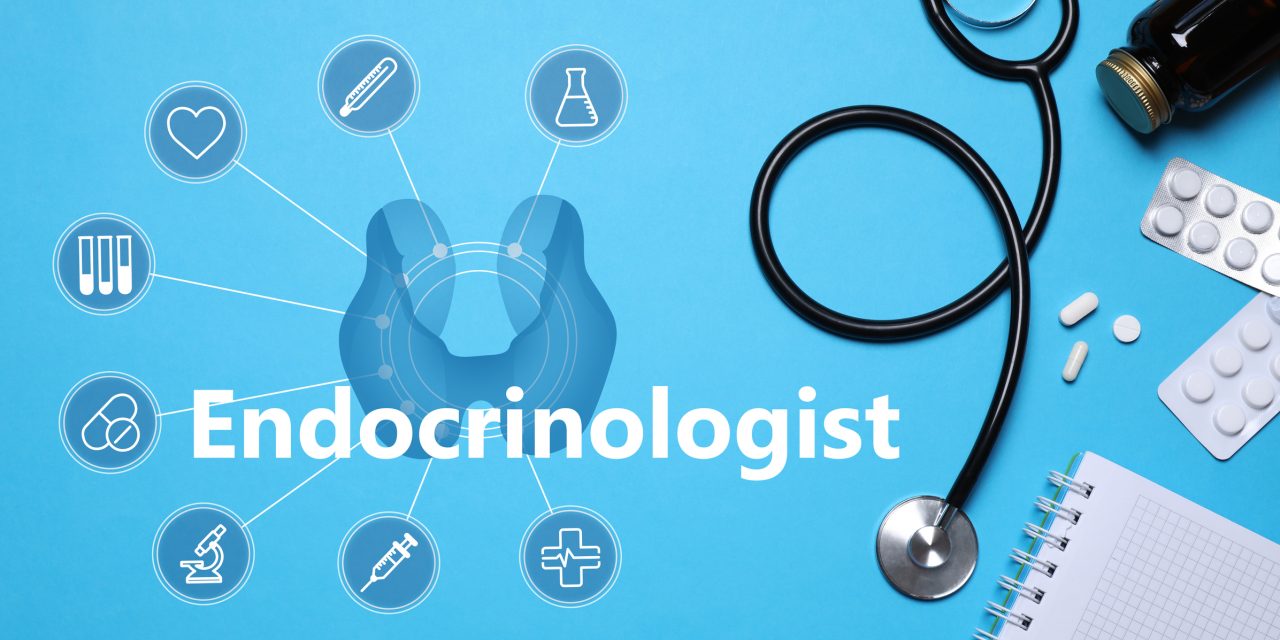Uveitis is a recurrent, inflammatory eye disease that occurs in the retina, iris, ciliary body and choroid. Currently, the detailed mechanism is still unclear. Proteomics can offer a powerful set of tools for the direct high-throughput study and a key contribution to the understanding of protein functions. This approach can also allow us to compare the protein profiling of the cells in healthy and diseased states that can be used to identify proteins associated with disease development and progression. In the present study, we first established an autoimmune uveitis (EAU) rat model. On day 12 after immunization, we isolated the rat retinas from both normal and EAU animals to collect total proteins. Using tandem mass tag (TMT) peptide labeling coupled with LC-MS/MS quantitative proteomics technique, we identified the differentially expressed proteins in EAU rat retinas, performed bioinformatics analyses, validated the expression of the COX1, NADH1, C3, and C9 proteins, and determined the adenosine triphosphate (ATP) levels. The results indicated that there were 190 upregulated and 103 downregulated proteins in EAU rat retinas. Bioinformatics analysis revealed the differentially expressed proteins were mainly involved in acute inflammatory response, visual perception and eye photoreceptor cell differentiation that were mainly related to complement and coagulation cascades, phagosome, PI3K-Akt signaling, and metabolic pathways. In conclusion, based on the TMT-based quantitative proteomics technique, the differentially expressed proteins in EAU rat retinas were mainly associated with complement and coagulation cascades and metabolic pathways. Our findings will facilitate the understanding of the pathogenesis of uveitis and will be useful for subsequent studies.Copyright © 2020 Elsevier B.V. All rights reserved.
Quantitative proteomic analysis of rat retina with experimental autoimmune uveitis based on tandem mass tag (TMT) peptide labeling coupled with LC-MS/MS.


